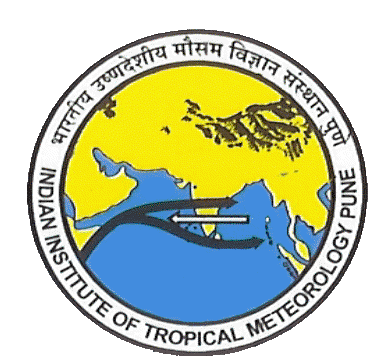
| Cloud Aerosol Interaction and
|  | ||
|
|
Cloud Seeding
Water is one of the most basic commodities on earth sustaining human life. In many regions of the world, traditional sources and supplies of ground water, rivers and reservoirs are either inadequate or under threat from ever increasing water demands. These demands result from changes in land use and growing populations. All fresh water, whether on the surface or underground comes from the atmosphere in the form of precipitation. This has prompted atmospheric scientists to explore the possibility of augmenting water supplies by means of cloud seeding as one possible mitigation strategy among multitude that could be considered (WMO 1999, Bruintjes 1999).
In the late 1940s, Langmuir and his colleagues at the General Electric Research laboratory discovered that dry ice, when dropped into a supercooled cloud deck from an airplane, caused a rapid conversion of water to ice, leading quickly the production of snowflakes and dissipation of cloud in the region seeded. Soon they discovered that silver iodide had same nucleating property. Another method for stimulating the precipitation has been found by injecting salt particles near the base of the cloud to provide centers for droplet formations. After these discoveries, many experiments have been carried out all over the world.
In India, pioneering attempts in the field of rainmaking were made by Tata firm in 1951 over Western Ghats using ground based silver iodide generators (Banerji and Mukherji 1955). Dr. Banerji in the year 1952 attempted cloud seeding with salt and silver iodide by means of hydrogen filled balloons released from the ground.
The committee on the Atmospheric Research of the Council for Scientific and Industrial Research (CSIR) recommended in 1953 that a rain and Cloud Physics Research (RCPR) Unit be set up for undertaking extensive scientific studies on cloud physics and rainmaking. RCPR conducted long term cloud seeding programme over north India using ground based salt generators during the period 1957-1966. The results showed an increase in rainfall by 20% (Ramana Murty and Biswas 1968). RCPR later became part of IITM. IITM conducted similar experiments over Tiruvallur (state of Tamilnadu), during 1973, 1975-1977. The seeding experiments were also done over Mumbai in the monsoon seasons 1973 and 1974 (Chatterjee et al. 1978). In the same years IITM carried out cloud seeding operations over Rihand 4 catchment in the state of Uttar Pradesh (Kapoor et al. 1976). In 1975, operational programme of cloud seeding was conducted over Linganamakki catchment area in the state of Karnataka. These programmes were operational, hence their effect in increase in rainfall could not be assessed. IITM carried out cloud seeding experiment over Baramati region of the Maharashtra state during the period 1973-74, 1976, and 1979-86. The results showed 24% increase in the rainfall (Murty et al. 2000). The review of the Indian cloud seeding studies can be found in Kulkarni et al (2008).
During the later part of the decade 1980-1990, the scientific activity of cloud seeding remained subdued mainly because of lack of new findings. In the early decade of 1990-2000, witnessed many advances in the airborne instrumentation, radars, flares and softwares. The South African cloud seeding experiment was carried out during 1991-1995 with new technology. The results showed statistical increase in rainfall in all types of clouds (i.e. small to large). This gave impetus to cloud seeding research in different parts of the globe. Some of the important programmes carried out and in the process are: Mexican Experiment: 1996- 1998; United Arab Emirates Experiment: 2001-2004; Italy Experiment: 2004-2005; Indonesian Experiment: 2005; Wyoming Experiment: 2005-2010; Southeast Queensland Cloud seeding Experiment: 2008-2010.
|
Helpful Sites |
Related Sites |
IITM Home
Copy Right 2014 Indian Institute of Tropical Meteorology, All Rights Reserved. (Created by Mrs. V. V. Sapre) |